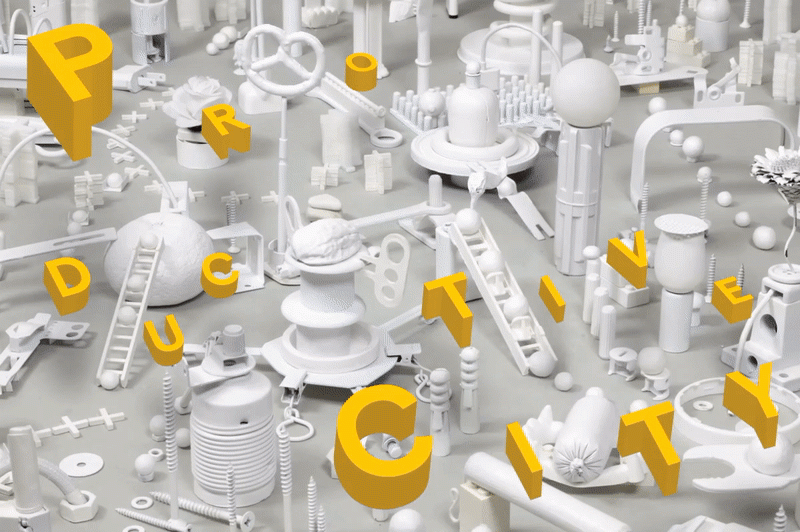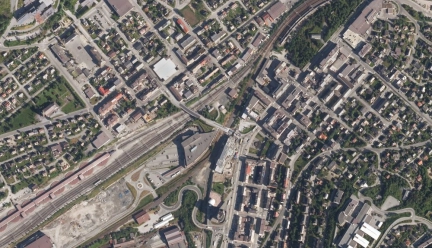Productive cities

Urban development in Norway today is to a large extent a matter of how to build more housing. Soaring housing prices and a growing urban population leads to political pressure on planning authorities and developers to build more apartments in central areas. The result is often monofunctional residential areas, if lucky with a commercial ground floor and a corner cafe. This one-dimensional focus threatens the necessary complexity of the city, its internal synergy, its ability to change and, fundamentally, its ability to be productive.

Production has always been a part of our cities. The industrial revolution was a story of urbanization. Later, the often noisy and polluting industry was moved to the periphery of the city, followed by a period of relocation to low cost countries in Asia as salaries reached high levels in the west. Now production is returning to the Western city and a combination of technological advances and focus on resource management drives the development. Robotization, for one, reduces the significance of cheap labor and 3d-technology render a future where everything can be produced everywhere. A new small scale and technology driven industry seeks to the city centers due to the need for proximity to customers, innovative networks and knowledge sharing environments. The Productive city implies activities involving all types of actors, in a changing economic reality. It has a possible fundamental democratic agenda. Part of the picture is also new forms of urban food production and local energy production that calls for a rethinking of architectural design and urban planning. The productive city is producing on all levels.
Europan 14 has been a room to investigate how these future production forms can be integrated in the urban fabric, increase innovation, cut logistics, open for social integration, and to show how they can co-exist with, and benefit of other systems of the city. 44 cities across Europe provided sites and 1003 entries were submitted. This body of work represents up till now the largest spatial investigation of the industrial renaissance in the western city. The results should be studied by many. In Norway three sites were presented; Alta, Lillestrøm and Narvik.
In Alta, Bossekop, the southern node of the town, is currently undergoing a renewal process in which the Europan site at the harbor can play a key role. The winning proposal suggests to transform the seafront in Bossekop into a laboratory for mixing housing, culture, tourism and food production. It presents an array of possibilities that can open up for a wide debate with many actors in the Alta community.
The competition has already changed the local perception of the site’s possible role in Alta.
In Lillestrøm, developers Aspelin Ramm and BaneNor have teamed up with the municipality to explore how the industrial area of Nesa can become a new model for mixing production with housing and public functions. The winning scheme shows a processual development that over a long time-span, enables the vision of the productive city.
Through various scales and level of interventions the winning team and site owners can develop Nesa into a truly unique blend. Narvik has in recent years found itself in need of diversifying its economy to fight depopulation. The city prepares for the Next Economy by dedicating the publicly owned Teknisk Kvartal to knowledge-based industries and the younger generations. This is in itself a remarkable story, an intelligent and bold move by the city. The winning proposal
allows for Narvik to use the property as a strategic tool, fitting it to a whole new universe of different users and economies through a step-by-step development.
The Europan process in Norway included private and public developers as well as municipalities. By that the competition moved closer to the actors of physical implementation. This is a promising starting point for the coming implementation of the winning schemes. Europan Norway want to thank the municipalities and site owners in Lillestrøm/Skedsmo, Narvik and Alta. You have impressed and inspired us and we look forward to seeing you work with the winners of Europan14. Thank you also to the jury members who in close dialogue with the site representatives picked the best entries. And finally, a big thank you to all the participating teams that through an incredible effort and great creativity.
The sites
-

Lillestrøm
What synergies between landscape, nature and production can unfold? And how can the Nesa area…
-

Narvik
The town believes that the Europan site can become an arena that instigates production, connects…
-

Alta
The municipality finds it important to explore how historical and landscape qualities can be…